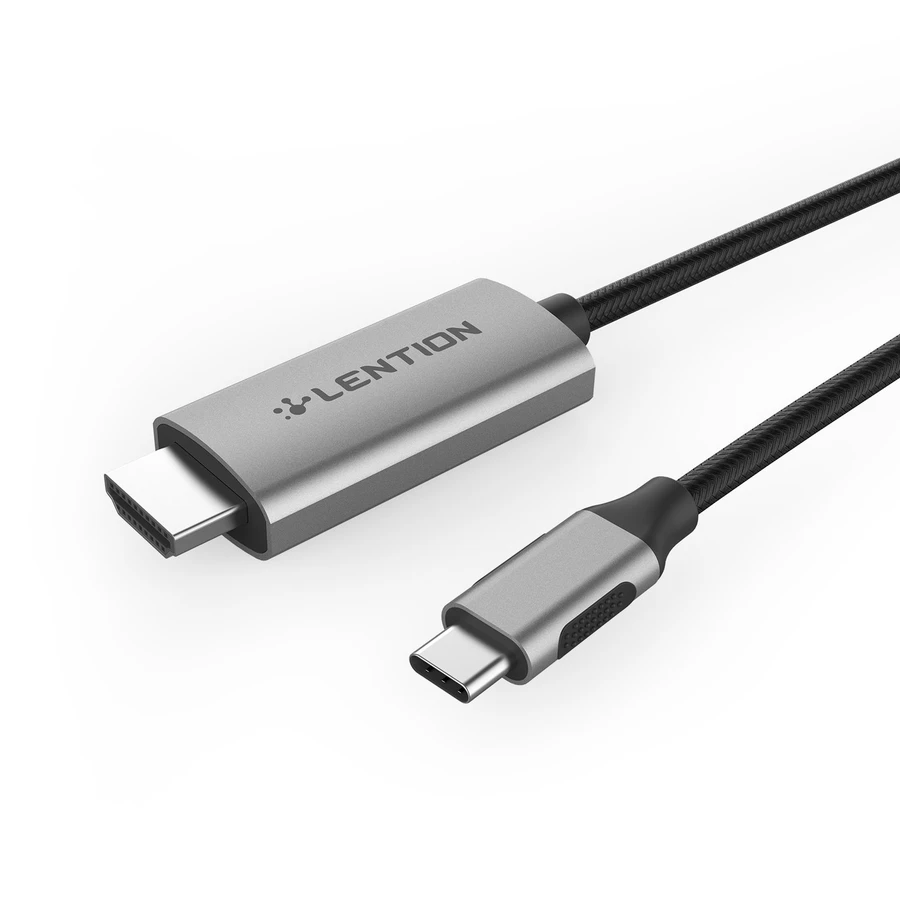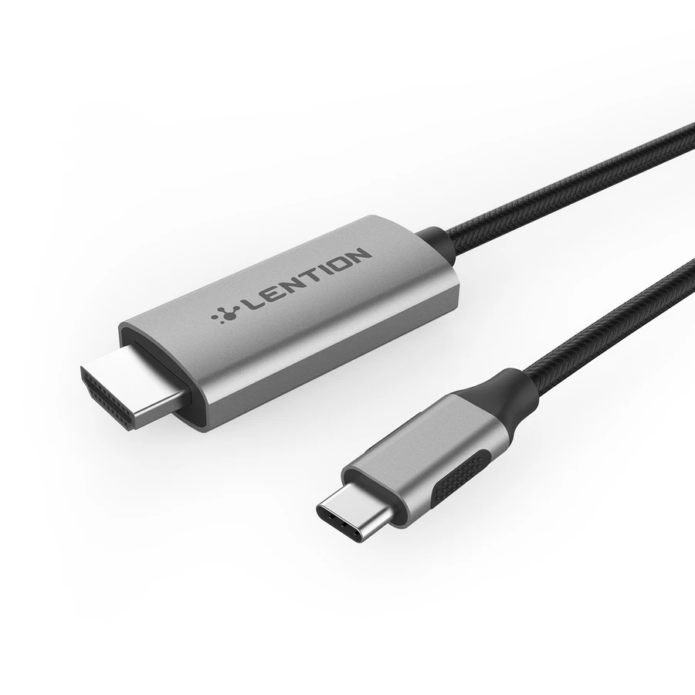If you are unfamiliar with AirDrop, then we’ve got you covered. It is a proprietary Apple feature, whose basic purpose is to send and receive files wirelessly between Apple devices. Users may also cancel or negate any incoming file transfers by either turning it off. Or by making your Mac or mobile device undiscoverable. Before macOS Yosemite arrived with the AirDrop feature, it was very difficult and tedious to transfer files from Mac to other devices. Most users had to utilize cables to sync data across different devices. However, these days users still use USB-C cables to charge their mobile phones. And also transfer files over high data transfer speeds to other external devices.
If you find yourself in the market for these, we would suggest Lention’s USB-C cables. This is because they feature 100W fast charging for most USB-C enabled devices, a PD3.0 Chip that prevents unexpected device disconnections and they also enable up to 480Mbps data transfer speed. Moreover, they are made of highly durable material and are universally compatible with any device you may have! Moreover, if you do opt to get one of these accessories, then a protective laptop sleeve will also prove useful. As it will help you to keep your workspace better organized and your cables better protected, when on the move.

However, despite the benefits of USB cables, sometimes wirelessly transferring data is the more convenient option. After all, when it comes to transferring photos, videos, documents, it does so instantly. Thus, making the whole process an enjoyable experience. To use the feature, all you need to do is right-click on your chosen document and select Share. You should see the AirDrop option available. From there you can easily pick out the recipient if their device is discoverable. In this regard, you can always adjust your discoverability settings to be either inaccessible, accessible to everyone, or accessible to just your contacts.
I Can’t Transfer My Files?
When utilizing this wireless file transfer service on Mac, there are a few considerations that you have to take into account, especially if it is not responding.
Hardware or Software Is Outdated: The feature is engineered to work with several Mac versions, but if you do have a slightly older generation device, or are running an older macOS, then that would explain why it’s not working. You should always make sure that you have upgraded your device to the latest software update.
Discoverability: As mentioned before, when utilising this feature, you can either decide to be discoverable to everyone, only to your contacts, or to no-one. If your settings are set to the third option, then you will not be able to transfer files wirelessly. So, make sure that your settings are appropriately set to receive data, on all your devices.
Bluetooth or WiFi Are Not On: For the AirDrop feature to work, these two must be activated to send or receive any files or documents. If both devices are on the same WiFi network and their Bluetooth’s are both on, then there shouldn’t be any problem. However, you should make sure that you have disconnected your Mac from any usb ethernet adapter or local area connection and are logged in to your WiFi.
If you are unfamiliar with what these adapters are, they are often used by Mac users that require faster internet speeds and more stable connections eg. gamers. They often use these adapters to connect to their local area networks for better quality streaming, lower latency, and more reliable connections than WiFi. However, since you need WiFi to make AirDrop work, you will have to disconnect and login to your WiFi network instead. However, if you still find yourself needing one of these Ethernet hubs, you can always try out some of the premium options from Lention. They offer fast gigabit ethernet speeds and stable data syncing across multiple devices!
Alternatives To AirDrop
There is no doubt that AirDrop is an extremely useful and convenient feature when it comes to file transfers. However, there is no doubt that it isn’t perfect. As, there are times when for whatever reason you still can’t get ti to work or are maybe just in a hurry to quickly send files and documents. In these situations, it’s best advised that you use one of two options. The first is to use Apple’s cloud storage service, iCloud, with every Apple device able to access it, it is another convenient way to transfer data and simply download it it from the cloud later on. Another alternative option is to utilize a macbook pro standing dock. For those unfamiliar, these docks expand the limits of your Mac and give you a larger number of connectivity ports to which you can either transfer data or charge your external devices. This means you can also perform file back-ups and/or duplicate files much faster, across multiple devices!


